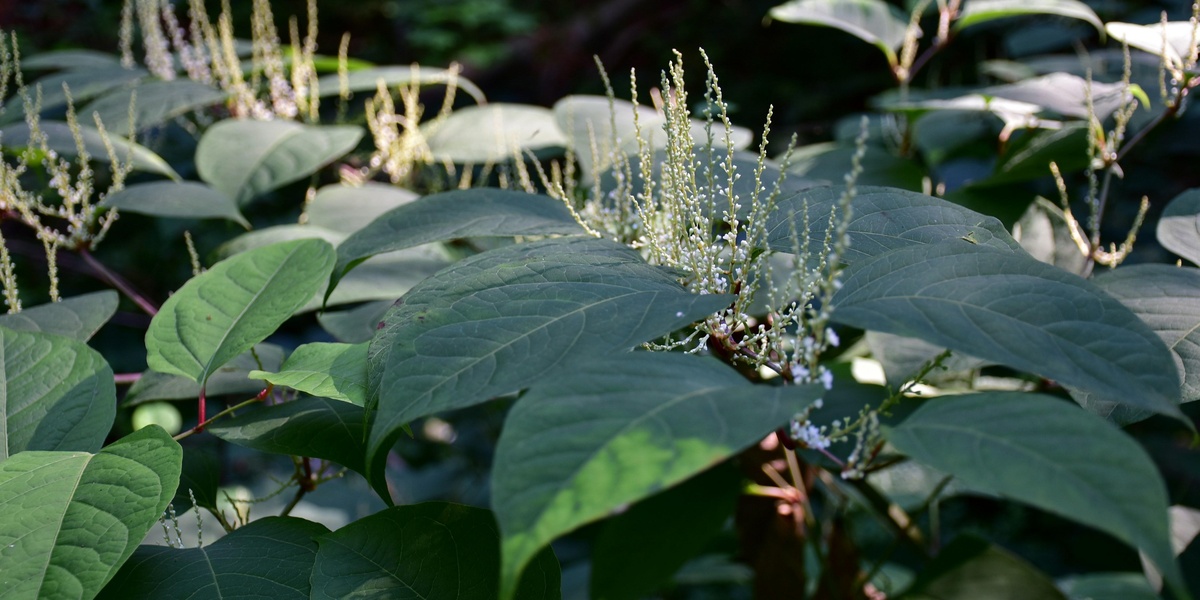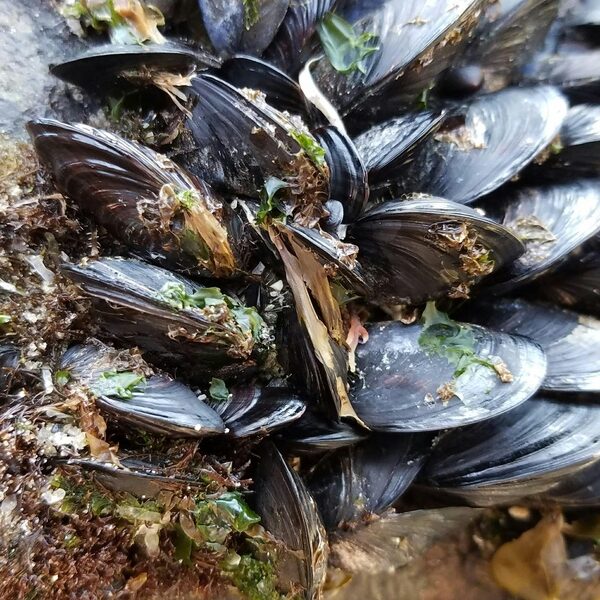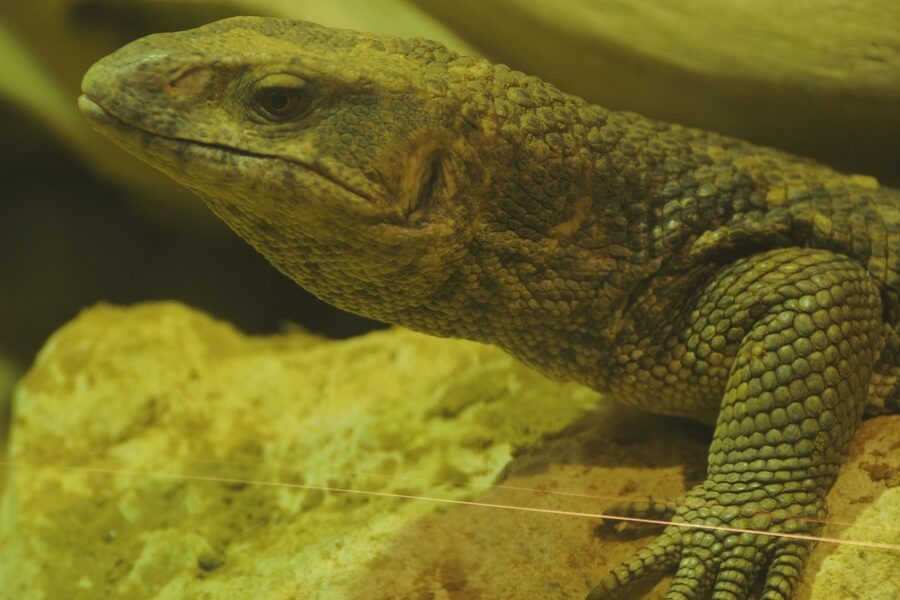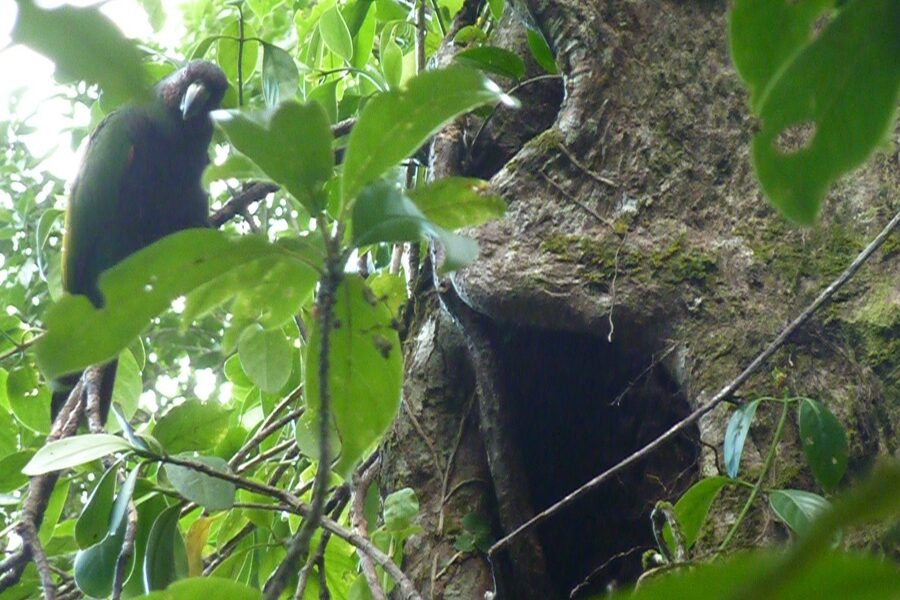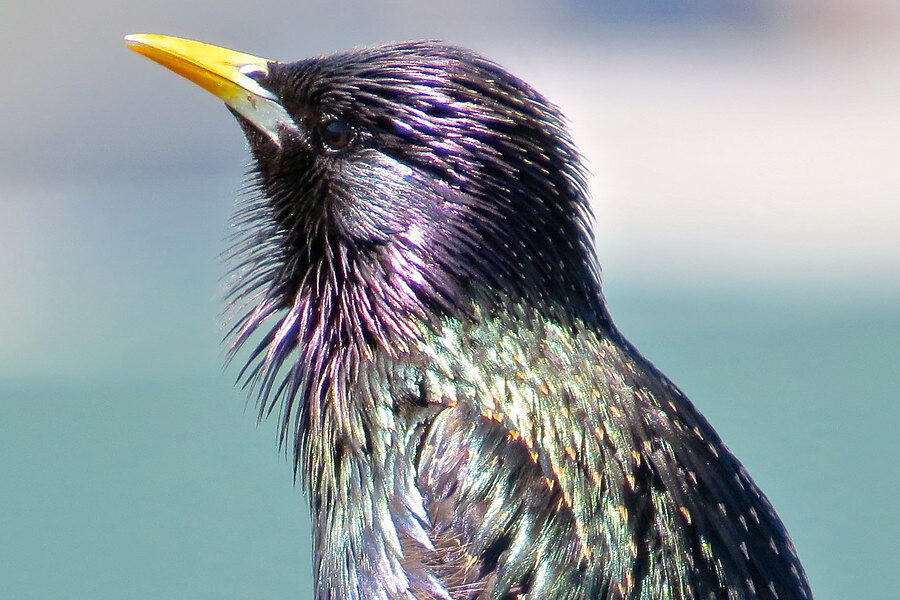Liechtenstein’s varied terrain — from Alpine slopes to lowland waterways — makes its ecosystems easy to survey but also vulnerable to non-native arrivals. Small countries can see big effects when a new plant, insect, or mollusc becomes established because habitats and human networks are tightly connected.
There are 12 Invasive Species in Liechtenstein, ranging from Asian tiger mosquito to Zebra mussel. For each species you’ll see the columns Scientific name,Status,Where found — details you’ll find below.
How do invasive species like the Asian tiger mosquito and Zebra mussel arrive and spread in Liechtenstein?
They arrive mainly via human activity: trade, transport of goods, movement of people and vehicles, and connected waterways that allow aquatic species to travel. Climate shifts and local habitat disturbance can make establishment easier; once present, many spread by breeding rapidly or hitching rides on boats, garden plants, or machinery.
How can residents report sightings or help control invasive species in Liechtenstein?
Report unusual sightings with photos and location to local environmental authorities or conservation groups, avoid transporting suspicious plants or animals, clean gear and boats between sites, and follow official guidance on removal or containment to reduce spread and support coordinated control efforts.
Invasive Species in Liechtenstein
| Name | Scientific name | Status | Where found |
|---|---|---|---|
| Japanese knotweed | Reynoutria japonica | Invasive | Riverbanks, roadsides and disturbed urban sites along the Rhine valley |
| Bohemian knotweed (hybrid) | Reynoutria × bohemica | Invasive | Disturbed sites, riparian margins and urban edges |
| Giant hogweed | Heracleum mantegazzianum | Invasive | Riverbanks, ditches and roadside verges in lowland areas |
| Himalayan balsam | Impatiens glandulifera | Invasive | Streams, riversides and damp roadside verges |
| Common ragweed | Ambrosia artemisiifolia | Invasive | Disturbed soils, roadsides, agricultural margins and urban wastelands |
| Canadian goldenrod | Solidago canadensis | Invasive | Meadows, roadside margins and abandoned fields |
| Black cherry | Prunus serotina | Invasive | Forest edges, hedgerows and disturbed woodlands |
| Tree of Heaven | Ailanthus altissima | Invasive | Urban lots, roadsides, riverbanks and disturbed ground |
| Zebra mussel | Dreissena polymorpha | Established | Rhine River and associated freshwater infrastructure |
| Signal crayfish | Pacifastacus leniusculus | Invasive | Rivers, streams and ponds connected to the Rhine |
| Asian tiger mosquito | Aedes albopictus | Casual | Urban gardens, roadside containers, low-altitude settlements |
| Butterfly bush | Buddleja davidii | Invasive | Rail corridors, disturbed slopes, urban wastelands and riverbanks |
Images and Descriptions
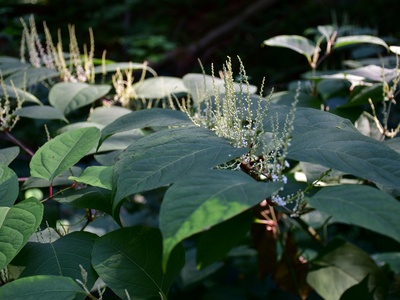
Japanese knotweed
Robust perennial forming dense thickets that outcompete native plants, damages walls and flood defenses; hard to eradicate and costly to control, widely established in disturbed lowland habitats across Liechtenstein.

Bohemian knotweed (hybrid)
Hybrid knotweed with aggressive rhizomes, spreads quickly and resprouts after cutting; worsens erosion along waterways and complicates construction and restoration projects, commonly found where Japanese knotweed occurs.
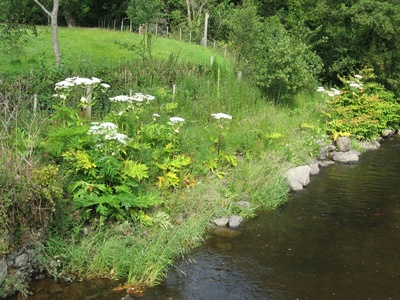
Giant hogweed
Tall, phototoxic umbellifer whose sap causes severe skin burns and eye damage; forms dense stands that displace native vegetation and pose public-health concerns, actively monitored and controlled locally.
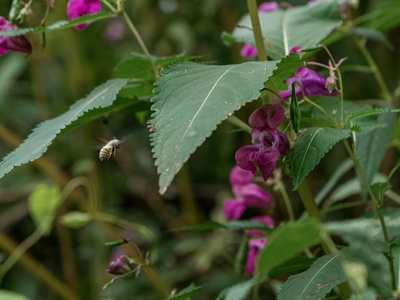
Himalayan balsam
Fast-growing annual that monopolizes riverbanks, reducing native plant diversity and increasing erosion risk after dieback; conspicuous pink flowers, spreads by explosive seed pods and water dispersal.
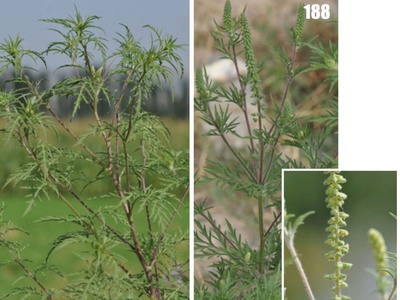
Common ragweed
Highly allergenic annual producing large pollen loads that increase hay-fever problems; colonizes disturbed ground and road verges, prompting monitoring and local control to reduce health impacts.
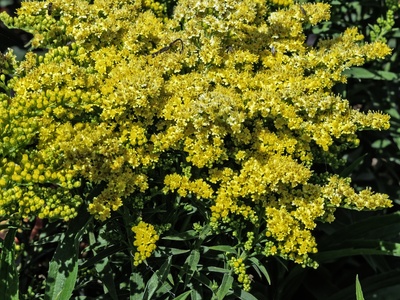
Canadian goldenrod
Perennial forming dense stands that crowd out local wildflowers and reduce habitat diversity; spreads by rhizomes and wind-dispersed seed, common in disturbed grassy habitats.
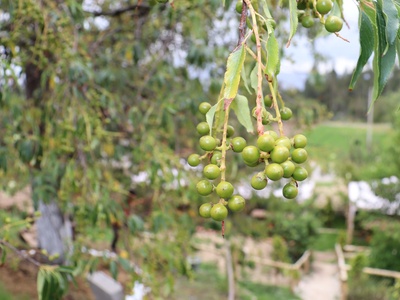
Black cherry
Introduced tree that invades native forests via prolific seed production by birds, shading out understory species and altering forest dynamics; removal is difficult where established.

Tree of Heaven
Fast-growing tree colonizing harsh, disturbed sites via abundant wind-dispersed seeds and root suckers; outcompetes natives and damages infrastructure with aggressive roots.
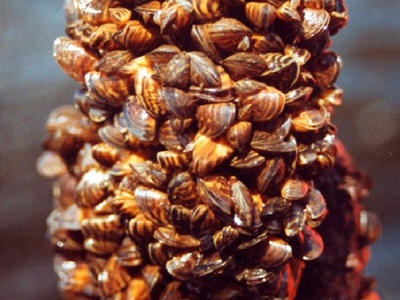
Zebra mussel
Filter-feeding bivalve that fouls pipes, boat hulls and native biodiversity; dense colonies alter food webs and increase maintenance costs for water infrastructure along the Rhine.
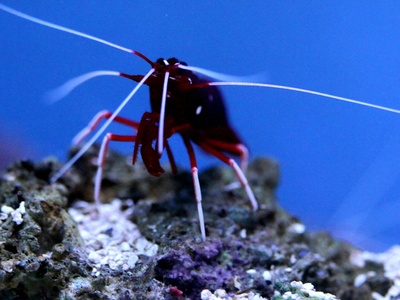
Signal crayfish
Introduced crayfish that preys on invertebrates, competes with native species and spreads crayfish plague; alters freshwater habitats and is difficult to eradicate once established.
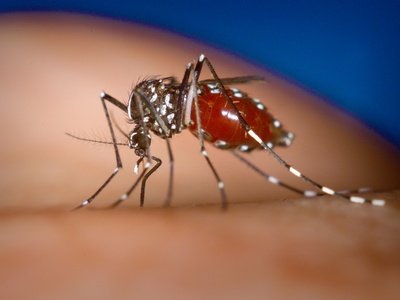
Asian tiger mosquito
Invasive mosquito that spreads via human transport; periodic detections in warm seasons raise nuisance and disease transmission concerns; control focuses on preventing standing water and local surveillance.
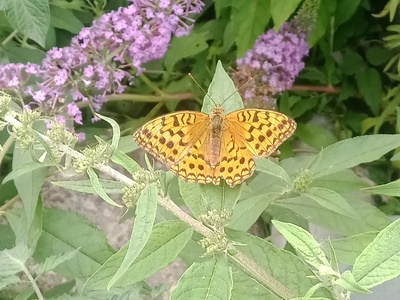
Butterfly bush
Popular ornamental that self-seeds into wild areas, forming monocultures that reduce native plant diversity; attracts pollinators but can displace native shrubs and wildflowers.
